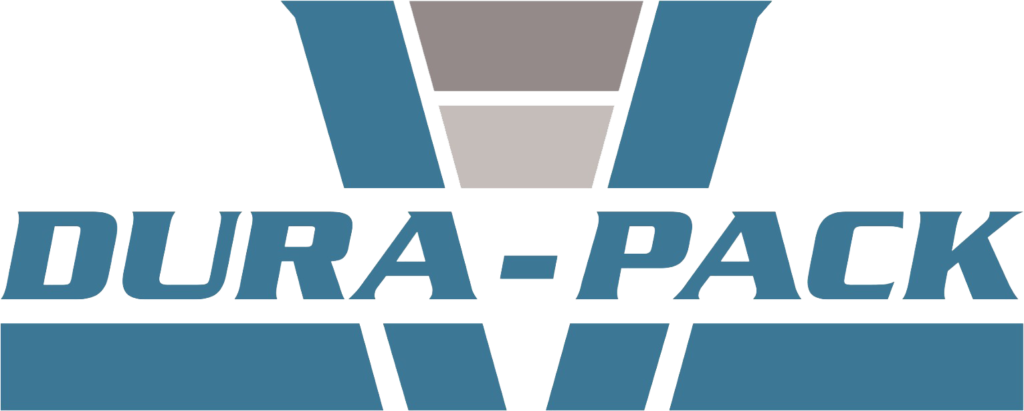How the FDA Regulates Coffee
The FDA treats coffee as a food product. That means it must follow FDA labeling requirements and laws, especially when sold in packaging.
But not every coffee product needs the same label. It depends on what’s in the bag, how it’s processed, and who’s selling it.
This guide answers common questions about FDA coffee labeling. Use it to make sure your packaging stays compliant.
Do I Need a Nutrition Facts Panel?
The FDA does not require a Nutrition Facts label for plain, roasted coffee. If your product is just whole or ground beans, you’re exempt.
However, if you add anything to the coffee, the rules change.
✅ You must include a Nutrition Facts panel if your coffee has:
- Flavorings (vanilla, hazelnut, pumpkin spice, etc.)
- Added sweeteners or creamers
- Herbal blends or supplements
- Any other additive that changes the nutritional value
If your coffee is flavored or enhanced in any way, you are required to include full nutritional information on the package.
Do I Have to List Caffeine Content?
No, caffeine disclosure is not mandatory for standard coffee. The FDA does not currently require caffeine levels on labels for plain coffee.
✅ You must list caffeine if:
- You add extra caffeine to the product
- You make a health or energy claim related to caffeine
- You blend coffee with supplements or other stimulants
In these cases, you must clearly show caffeine content, either in milligrams per serving or another measurable unit.
Do I Have to Register with the FDA?
If you roast, pack, or distribute coffee yourself, then yes—you must register your facility with the FDA.
Retailers that only sell pre-packaged coffee (like cafes or shops) do not need to register. But if you handle or prepare the product, registration is required.
✅ FDA registration is required if you:
- Roast your own beans
- Package coffee under your brand
- Operate a warehouse that ships coffee products
The 5 Mandatory Items on Coffee Labels
All coffee packaging must include these five elements—even if you are exempt from the nutrition panel:
- Statement of identity: For example, “Ground Coffee” or “Whole Bean Coffee.”
- Net quantity: The amount of coffee inside, in ounces and grams.
- Name and address: Include your business name and physical address.
- Ingredients list: Only needed if additives or flavorings are used.
- Allergen info: If your product contains milk, soy, or other allergens, this must be stated.
You can see a deeper dive into labeling basics in our article on coffee packaging essentials.
Label Design Tips for FDA Compliance
Even if your label has the right information, design still matters. FDA rules also cover **placement and readability**.
✅ Best practices for label design:
- Use clear, easy-to-read fonts (no smaller than 1/16 inch tall).
- Place mandatory info on the principal display panel (front or right side).
- Avoid unverified health claims like “boosts energy” unless you meet FDA standards.
If you’re not sure where everything should go, check similar products or work with a packaging partner that knows food labeling laws.
Need Help with FDA-Compliant Packaging?
Printing a label is easy. Printing one that meets FDA rules isn’t. That’s why we offer both bag selection help and automated coffee packaging solutions designed to keep you compliant and consistent.
Whether you’re adding flavor or keeping it simple, we’ll help you choose packaging that meets regulations and supports your brand.
Also, check out our article on how coffee packaging influences buying decisions for more insights.
